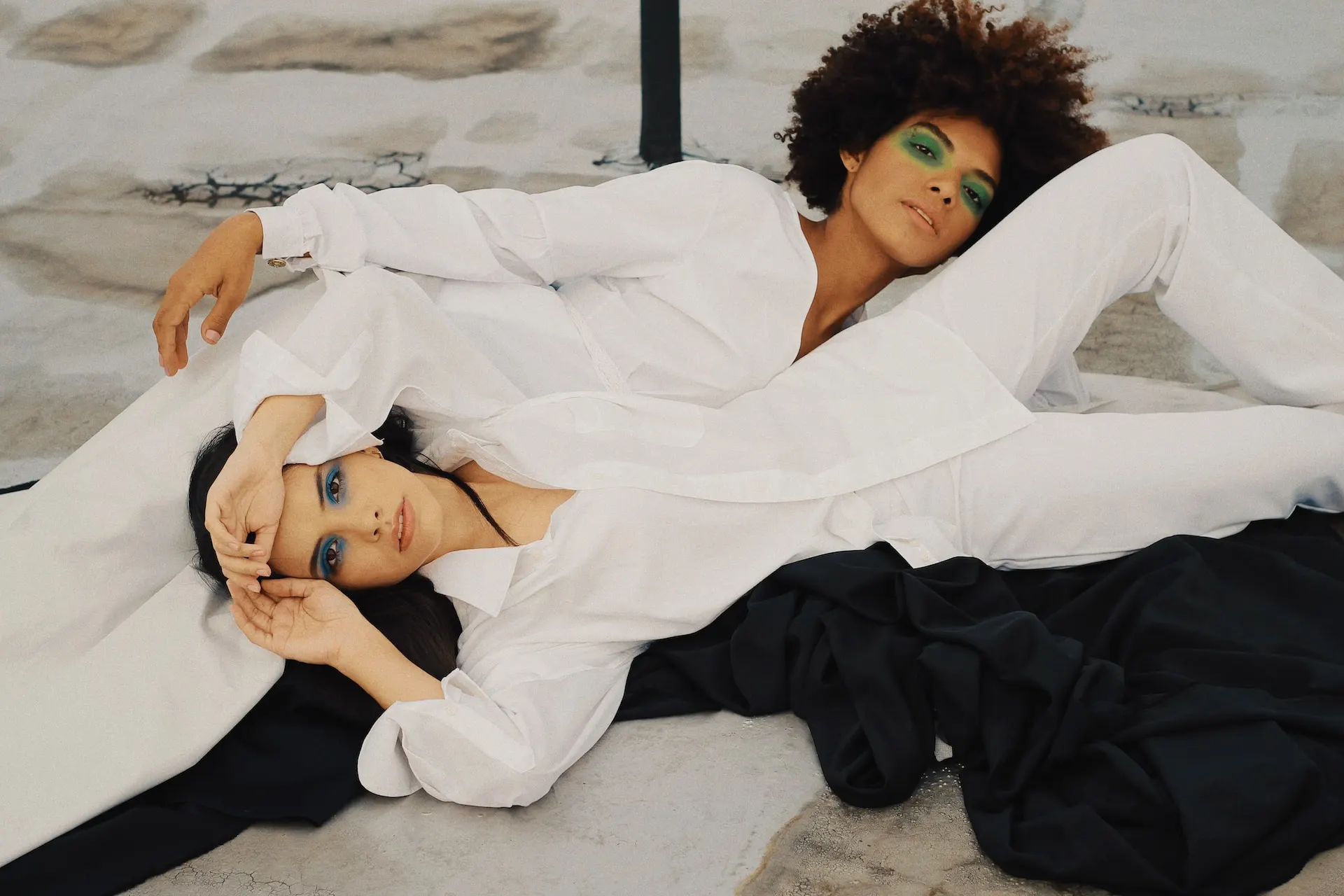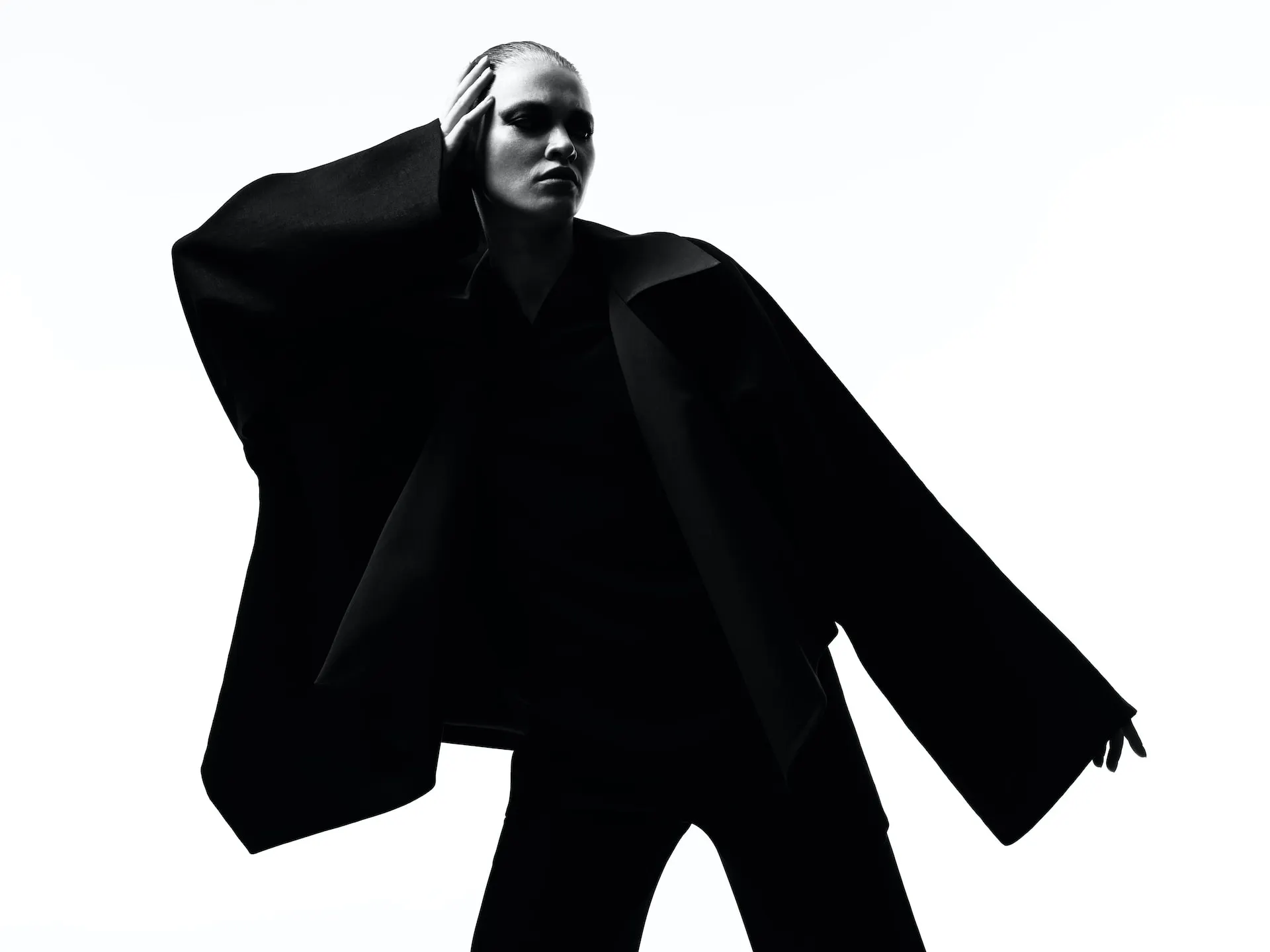In recent years, when I think of the word ambitious, only one name comes to my mind: Saudi Arabia! This is probably the same for most people in the Middle East.
Structural reforms and the strong desire of the Saudi government in recent years have made hearing extraordinary news from Saudi Arabia become a normal thing for the people of the region. From the removal of the mandatory hijab, the plan to hold the Winter Olympics in Saudi Arabia, to the creation of agricultural lands in the burning desert, and the creation of megacities that we have only seen in Hollywood movies so far. Saudi Arabia’s ambitious projects in football showed that they can fulfill their promises and that there is good financial and intellectual infrastructure in Saudi Arabia for these changes.
Neom: THE FUTURE OF URBAN LIVING
A cognitive city stretching across 170 kilometers, from the epic mountains of NEOM across inspirational desert valleys to the beautiful Red Sea. A mirrored architectural masterpiece towering 500 meters above sea level, but a land-saving 200 meters wide. THE LINE redefines the concept of urban development and what cities of the future will look like. A civilizational revolution, its unparalleled livability can be explored at THE LINE Exhibition – now welcoming visitors in Riyadh.
No roads, cars or emissions, it will run on 100% renewable energy and 95% of land will be preserved for nature. People’s health and well-being will be prioritized over transportation and infrastructure, unlike traditional cities.
THE LINE will eventually accommodate 9 million people and will be built on a footprint of just 34 square kilometers. This will mean a reduced infrastructure footprint, creating never-before-seen efficiencies in city functions. The ideal climate all year round will ensure that residents can enjoy the surrounding nature. Residents will also have access to all daily essentials within a five-minute walk, in addition to high-speed rail – with an end-to-end transit of 20 minutes.
Neom and Fashion
Until a few years ago, Saudi Arabia was a country with a very closed and stressful environment for women and girls, but with the new reforms, not only do women have the right to vote and drive, but they no longer have to wear the mandatory hijab. The freedom of clothing in Saudi Arabia creates an extremely attractive and even luxury market for textile and fashion manufacturers and fashion designers. In Neom Arabia, as a new and dreamy metropolis, fashion can have a special place.
In Neom, people should definitely wear clothes suitable for this modern metropolis, clothes similar to Hollywood movies, which of course can be combined with Saudi elements. Maybe Neom clothes will become a global brand like local traditional clothes in all corners of the world and will be a source of income for the city of Neom.
In addition, the residents of Neom are rich, influential and probably well-dressed people, who will spend a lot of money on buying special and luxury items and even custom-made ones.
Sustainable Fashion a Proiorty in Neom
Most of the clothes used in Saudi Arabia are produced from white polyester fabrics called Abaya, which are usually sent to landfills after use and don’t recycle easily. A large amount of fabric is used in the production of Abayas. Production of abayas from recyclable and 100% natural fabrics can be one of the requirements of an advanced city like Neom. In today’s world of fashion, the production of recyclable and environmentally friendly textile goods is very important, and in Neom, as an ultra-modern city, it should be considered.
Neom stores and shopping centers will be occupied by the world’s best clothing and fashion brands, and natural and recyclable clothes will fill their shelves.
The global trend toward sustainable and ethical fashion has also influenced the Saudi fashion industry. Consumers are becoming more conscious of the environmental and ethical impact of their fashion choices.
Modest fashion and an important role in Neom
Although Neom will be a city with a large number of tourists and non-Saudi citizens, the majority of the population will definitely prefer redesigned and modernized traditional clothes, and due to the strong religious and Islamic background in Saudi society, the market for this type of clothing will increase. Women and girls will be very hot. This market is an exceptional situation for powerful and modest fashion-exporting countries like Turkey that can offer clothes with modern and up-to-date designs.
Modest fashion has always been important in Saudi Arabian culture. However, recent years have seen a global interest in modest fashion, which aligns well with Saudi Arabia’s values. The country has been a hub for modest fashion trends and designs.
Saudi Arabia has been experiencing significant changes in various aspects, including its fashion and textile industry. The country has been undergoing a transformation under the Vision 2030 initiative, which aims to diversify the economy and promote cultural and social reforms. While I cannot provide real-time information, here are some trends and developments related to textile fashion in Saudi Arabia up to that point:
1. Emergence of Local Designers: The Saudi fashion scene has been witnessing the rise of local designers who are blending traditional elements with modern aesthetics. These designers often draw inspiration from the rich cultural heritage of Saudi Arabia while incorporating contemporary styles. Some Saudi Arabia Fashion Designers are:
- Yahya Al Bishri: Yahya Al Bishri is a Saudi fashion designer. He has designed garments for King Abdullah and royal families around the world such as Diana, Princess of Wales. Wikipedia
- Mohammed Bajabaa (Proud Angeles): Mohammed Bajabaa, also known as Moe, created Proud Angeles, an online concept store in 2016 that merges Saudi excellence with LA street style. The brand aims to create a community of individualistic self-expression inspired by LA’s streetwear and energy.
- Nora Al Shaikh: This Jeddah-based designer has been in the industry for nearly ten years. Her designs combine her Saudi heritage and traditions with her exposure to different cultures during her travels. She draws inspiration from various sources such as architecture, art installations, and people she meets on the streets.
- Amina Al Jassim: Amina Al Jassim or Amina Al-Jassim, is a Saudi Arabian fashion designer of haute couture and jellabiyas.
- Adnan Akbar: Adnan Akbar, born in Mecca is a Saudi fashion designer described as the “Saint Laurent of the Middle East”. He studied embroidery in Lebanon and in Karachi. In 1989, he entered a licensing agreement for embroidered luxury fabrics with the French textile company Bianchini Férier.
2. Fashion Events and Weeks: Fashion events, shows, and weeks have been gaining momentum in Saudi Arabia. Riyadh Fashion Week and other similar events have provided platforms for local and international designers to showcase their collections.
3. E-commerce and Online Shopping: The growth of e-commerce has enabled fashion enthusiasts in Saudi Arabia to access a wide range of clothing and textile products from around the world. Online shopping platforms have made it easier for consumers to explore different fashion styles.
4. Cultural Influences: Saudi Arabia’s diverse culture, history, and traditions play a significant role in influencing fashion trends. Many designers have been integrating traditional elements, such as embroidery and patterns, into their modern designs.
5. Social Reforms: With the Vision 2030 initiative, Saudi Arabia has been working on relaxing some social norms, which has led to changes in clothing choices. Women, for instance, have gained more freedom to choose their attire.
6. Retail and Fashion Infrastructure: The country has been investing in expanding its retail and fashion infrastructure. New malls, boutiques, and concept stores have been emerging to cater to the growing demand for fashion products.
7. Cultural Awareness and Exchange: Fashion designers and enthusiasts in Saudi Arabia have been increasingly engaging with international fashion trends while preserving their cultural identity. This exchange has led to a fusion of styles and ideas.
The recent State of the Global Islamic Economy Report showed the global fashion industry is expected to grow 6 percent annually to reach $375 billion by 2025, with Saudi Arabia, Iran and Turkey likely to dominate the market.
NEOM is a planned mega-city in Saudi Arabia that spans the territories of Saudi Arabia, Egypt, and Jordan. It aims to be a hub for innovation, technology, and sustainable development. While NEOM does not specifically focus on the textile industry, it aims to develop various sectors, including manufacturing, tourism, and renewable energy.
However, the textile industry can play a significant role in the development of NEOM. Textile manufacturing is a crucial sector that contributes to economic growth and job creation in many countries. Here are some ways in which the textile industry can integrate into the development of NEOM:
1. Manufacturing Facilities: NEOM City can establish modern and sustainable textile manufacturing facilities that leverage advanced technologies and automation. This can attract textile companies to set up operations in NEOM, providing employment opportunities and contributing to the local economy.
2. Sustainable Practices: NEOM’s focus on sustainability aligns well with the textile industry’s growing emphasis on eco-friendly and socially responsible practices. The city can encourage the adoption of sustainable textile manufacturing processes, such as using organic or recycled fibers, implementing efficient water and energy usage, and reducing waste and emissions.
3. Research and Development: NEOM can invest in research and development centers focused on textile innovation. These centers can collaborate with local and international universities and industry experts to develop new materials, technologies, and manufacturing techniques that promote sustainability and competitiveness.
4. Value-added Textiles: NEOM can support the production of high-value textile products, such as technical textiles or luxury fabrics. These products often require advanced manufacturing processes and can command higher prices, contributing to increased revenue and economic growth.
5. Infrastructure and Logistics: NEOM’s strategic geographic location and planned transportation infrastructure can facilitate the export and import of textiles. Efficient logistics networks, including ports, airports, and trade zones, can attract international textile companies and facilitate the movement of goods.
6. Employment and Skill Development: The textile industry has traditionally been a source of employment, especially for women. NEOM can invest in training programs and skill development initiatives to empower local communities, particularly women, by providing job opportunities and promoting inclusive economic growth.
Overall, while NEOM’s primary focus is on a wide range of sectors beyond textiles, the integration of the textile industry can play a significant role in the economic development and sustainability of the city.
In the end, we should thank Saudi Arabia for reminding all of us that “Nothing is Impossible”
Contact the Editor: Behnam Ghasemi

































